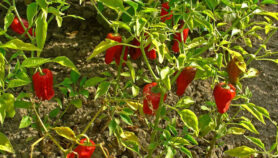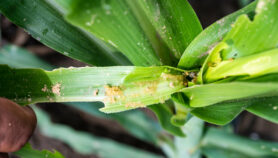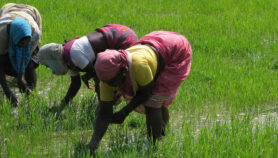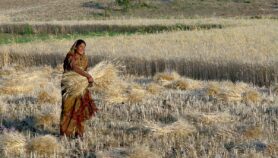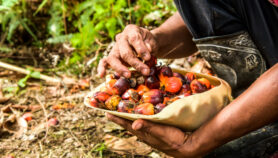13/12/22
Trade ‘boosts food security’ in climate-vulnerable areas
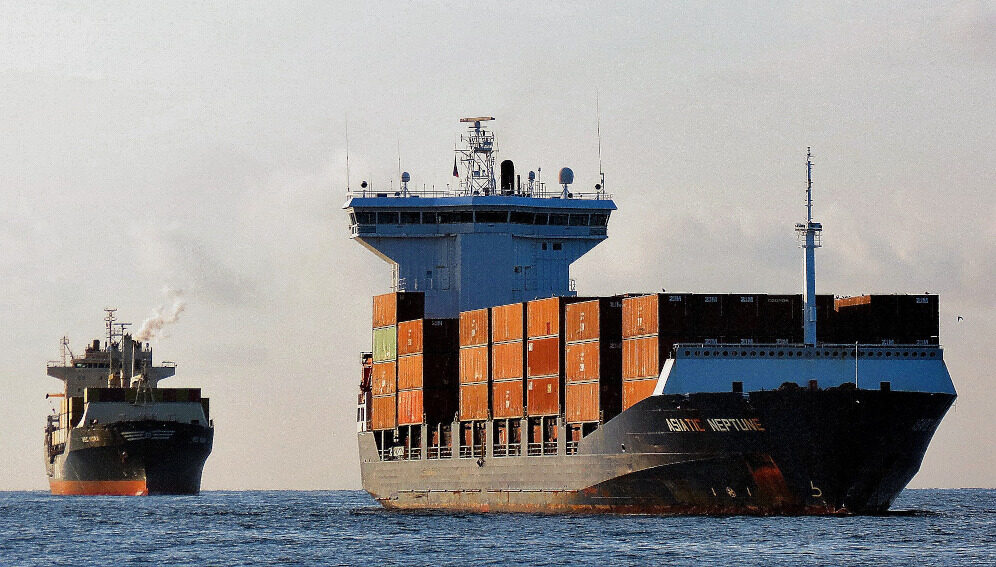
By: Sanjeet Bagcchi
Send to a friend
The details you provide on this page will not be used to send unsolicited email, and will not be sold to a 3rd party. See privacy policy.
[NEW DELHI] Trade can be used to help countries adapt to and mitigate against the adverse effects of global warming and associated extreme weather events, according to an analysis of the link between trade, agriculture and climate change.
Published December in the journal Global Food Security, the analysis suggests that because weather conditions substantially impact agriculture, threats to the sector have knock-on effects for food security, financial well-being and global political stability. To help alleviate the consequences of local weather-induced shifts countries rely on food trade.
For example, when Middle Eastern and Central Asian countries faced a drought in 2008, it caused a 22 per cent reduction in wheat production in that region compared to the previous year which, in turn, led to a 224 per cent rise in the value of wheat imports from Canada, Russia, Ukraine and the US.
“An increase in temperatures negatively affects a country’s ability to export agricultural goods, because it reduces yield and decreases agricultural labour productivity”
Sandy Dall’erba, Center for Climate, Regional, Environmental and Trade Economics
Sandy Dall’erba, co-director of the Center for Climate, Regional, Environmental and Trade Economics at the University of Illinois, US, and one of the study’s authors, says that trade can be a key tool to mitigate the effect of climate change. Specifically, he says, trade allows countries to access foreign sources of food to balance supply and demand in adverse conditions.
According to Dall’erba, a key determinant of trade, at the domestic or international level, is temperature at the place of origin. “An increase in temperatures negatively affects a country’s ability to export agricultural goods, because it reduces yield and decreases agricultural labour productivity.”
In South Asia, agriculture is susceptible to climate change and its unpredictability, according to a study published July 2019 in the journal Environment, Development and Sustainability. Depending on certain factors, there might be an increase in temperature of 0.88—3.16 degrees Celsius by 2050 and an increase in temperature of 1.56—5.44 degrees Celsius by 2080.
Long-term temperature change may affect cropping season patterns and also increase the incidence of diseases and pests influencing yields and production of crops and food markets, the study says.
Sumali Dissanayake, senior lecturer in agriculture economics at Rajarata University, Sri Lanka and associate editor of the Sri Lankan Journal of Agricultural Economics, says that “climate change, specifically defined by rising atmospheric temperature may have varying effects on crop productivity in different regions of the world”.
“Maize is grown all over the world, but large quantities are produced in the countries near the equator. It has been found that in these countries, rising average temperatures put stress on plants causing a decline in yields,” says Dissanayake. “However, wheat, which grows extensively in temperate climates, may see growth in yield with rising temperatures. Hence, climate change may have differing effects on global food production and consumption patterns.”
“Trade can serve as a mechanism for integrating world commodity markets while simultaneously offsetting the adverse global and local impacts of climate-induced crop productivity changes,” adds Dissanayake, who was not involved in the study.
“Developing countries are at an increasing disadvantage due to their geographical locations and limited technological capabilities, the analysis found. Consequently, the ability of such countries to mitigate the impacts of climate change on their agricultural productivity will hinge on their capacity to rely on foreign trade,” it said.
“Given the growing weather uncertainties and variability due to consequences of climate change, agricultural production is becoming uncertain; impacting import and export scenarios and creating a demand-supply divide, especially in countries which are highly vulnerable to frequent weather variations and climate change,” says Mangi Lal Jat, global research programme director for Resilient Farm and Food Systems at the International Crops Research Institute for the Semi-Arid Tropics, in Hyderabad, India.
Jat adds that commodities produced under different weather or climate scenarios will have different footprints and hence the trading of commodities from low-emission production areas to high-emission areas can help mitigate the effects of climate change.
This piece was produced by SciDev.Net’s Asia & Pacific desk.








